Note : We are not sports physicians. Therefore we encourage you to double check what you can and cannot do with a sport physician before you start any below training. Then also check with your coach if he has other ideas as he knows what you need best !
First of all, if you ever been injured before, you will remember that 95% of the doctors you’ve seen will tell you to stop any training for X weeks or months, even for a minor injury. They are not totally wrong but it depends on the injury. You don’t have to stop for weeks for a fissured rib or a sprained ankle. Sport physicians usually have a better understanding of what an athlete needs to do, compared to “classic” doctors.
The longer you rest completely, the more your body gets used to it and it leads to two main issues : Loosing muscle mass and power performance.
We will deal with re-education in other posts depending of which area of your body is injured.
Today we are going to review some great lower body exercices you can do while having an upper body injury. We will work on the assumption that you cannot use your upper body at all.
Even if you really can’t train like your friends do, remember to go to your gym as usual, watch and discuss with your friends and coach. An injury can be a real bad hit to the mood as well, and can even lead to depression, especially for high level athletes. One way to avoid getting to this state is to stay away from home and keep your training habits. Talking and seeing your friends training will actually not make you feel bad, but will improve your mood and will to come back to training. Keep a positive and training mindset.
Most common upper body injuries in Wushu :
First, let’s review the most common upper body Wushu injuries (Taolu or Sanda), to understand how to work with these.
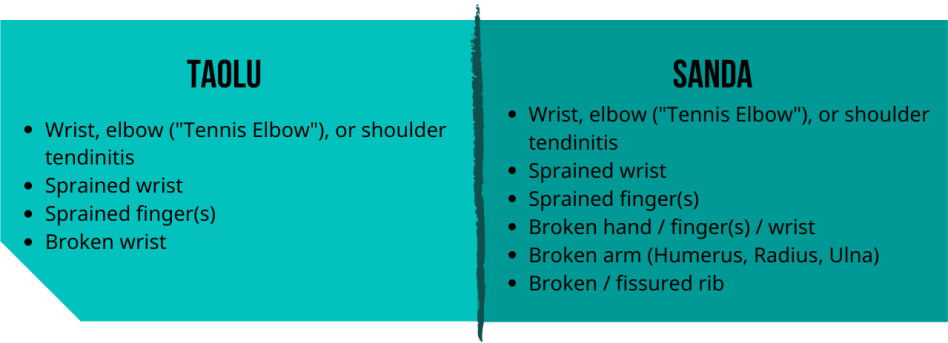
As you can see, the upper body injuries in Taolu are usually minor compared to Sanda. In Sanda, you have to take into account your body, your opponent’s body and power, and your own body parts positions, especially wrists, when punching.
Tendinitis is an inflammation of the tendons, that happens mostly after an unusually long repetition of the same movement while your body didn’t have time to get used to it. It can also come from repetitive shocks that your body is not used to receive (i.e : tennis elbow in tennis because the shock wave coming from the speed of the ball hitting your racket goes straight to your elbow).
However, to prevent these, you should increase the training intensity slowly until the day you can do as much repetition as you need without injuring yourself. And of course, always do a proper warm up !
In Taolu, a sprained or broken wrist / fingers usually happens because of a bad landing after an acrobatic movement such as back flip, or falling forward. Sometimes also when doing Duilian.
In Sanda, it usually happens when hitting your opponent very hard, with a bad wrist position when hitting, or, for the fingers, by receiving a hit / grabbing your opponent wrong, when sparring without gloves on.
Broken / Fissured rib and broken arms happen mostly in Sanda, and occur following a powerful hit from your opponent, or when he lands on you when taking you down. Broken / fissured rib being very common in Sanda, it is also very annoying because it does limit the range of movements you can do from any part of your body as laughing and coughing, or even breathing hurts. Therefore with a broken rib you will definitely have to rest at least 1 to 2 weeks or more before starting light training, and depending on the injury seriousness.
Wushu Training
First, remember that you can train your Wushu ! Sanda athletes can train their kicks on the heavy bag, their footwork, etc. BUT we wouldn’t recommend to do sparring with your buddy except if you are the only one that can hit.
If you only suffer from tendinitis, you can also do lots of jump rope and running to increase footwork and stamina !
Use your injury to work on things you usually don’t spend enough time training, such as reinforcement, flexibility, etc !
Taolu athletes can work on their form, and their basics : stance work, kicks, as well as sprint runs and jogging.
Both types of athletes can even use their upper body if they are only suffering from a tendinitis. Working lightly and slowly on the injury will reinforce that part of your body. But be sure to go REALLY slowly and lightly !
- Taolu : Do your form moves as usual but very slowly. Let’s say you got a right wrist tendinitis. Turn your wrist / elbow slowly with or without a weapon in hand just to reinforce it. Since you can’t move quickly, use this opportunity to work on your Shenfa 身法, and your waist that should lead all the upper body movements.
- Sanda : Shadow boxing is the perfect option for wrist tendinitis. Works well too with elbow or shoulder tendinitis. But go slowly !
You can also hit the heavy bag or your opponent BUT do not really hit ! “touch” only, to reinforce the injured tendon without increasing the inflammation. We do not recommend pad work as the pad holder might not know how to use them properly, and might put to much power on the pads, leading to risks of aggravate your injury.
Specifics Training
Below are a few exercises you can add to your training regimen. The goal being to reinforce your body, while avoiding power and muscle loss as much as possible.
Squats are your friends
Leg day ! If you’re used to train legs often, you know that most people avoid leg day as much as possible. But the lower body is the most important part of your body in everyday life and in Wushu. When you will grow old, the only parts you will rely on are your legs and abs to stay straight and able to walk without a stick for as long as possible.
Here are some of the best squats for Wushu. Feel free to add any other exercise you love / need :
Classic squats : Feet appart on the same lines as your shoulder lines, knees pointing outward, eyes looking forward, inhale then go down slowly (3-4 secs) keeping your breath in, then push upward quickly and with power on both legs, while exhaling through your mouth and squeezing your buttocks.
Repeat 20 times x 3-4 sets.
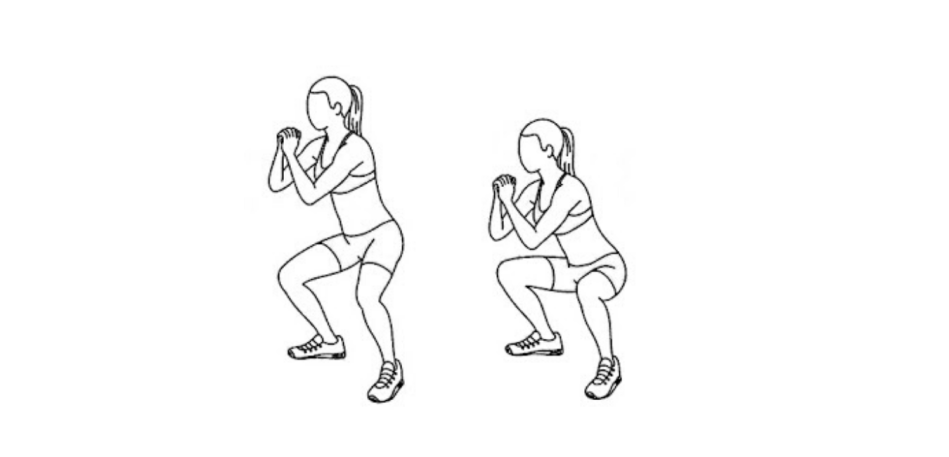
Jump squats (forbidden if broken rib) : Same as above, remember to look forward all the way to avoid arching your back.
Repeat 20 times x 3 sets
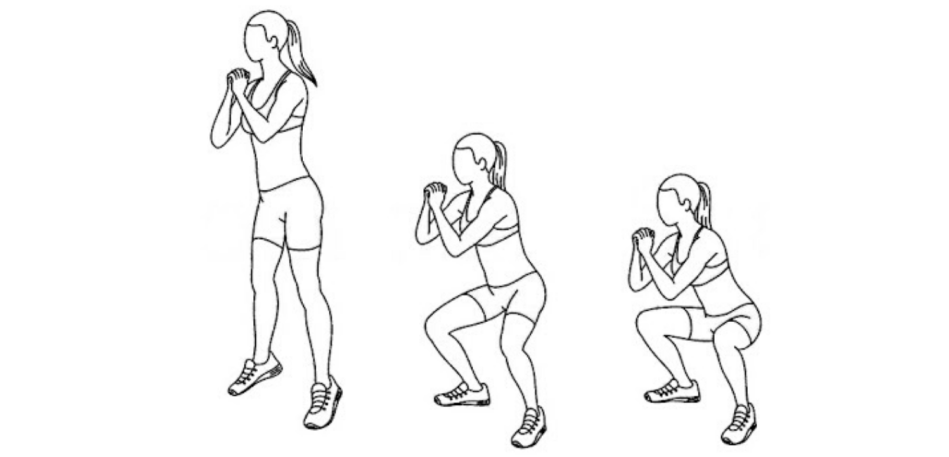
Jump box squats (forbidden if broken rib) : Same as jumped squats but adding a box. Remember to point your toes straight forward while jumping to avoid tripping on the box. The higher the box the better.
Repeat 12 to 20 times x 3 sets
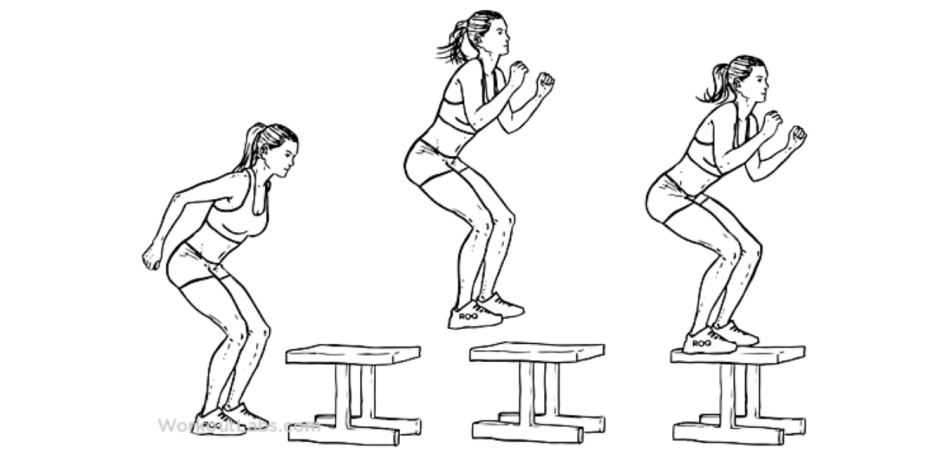
Pistol squats : Great leg exercise to increase vertical power, especially for Taolu jumps. Same as a classic squat but on one leg. Keep looking forward with a straight back all the way. If you are not used to this move, start with something to hold on with you hand to avoid injure yourself (wall, box, partner, table, anything).
Repeat 3-5 to 12 times per leg depending on your level x 2 sets per leg.
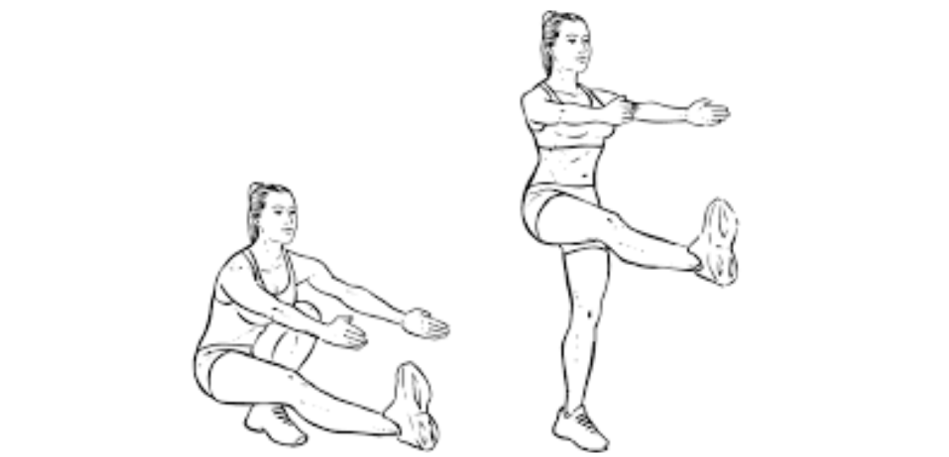
Single leg box squats : Also an awesome exercise. Start with one foot on the box, bent knee, looking forward and keeping back straight and buttocks squeezed. Push on the feet and leg on the box to get the other leg at the same level of the other, both legs being straight or the other leg being bent (see picture). Go down and repeat. If it’s too hard, switch leg after every repetition. The higher the box the better, but start slowly.
Repeat 8 to 15 times per leg x 2 sets per leg
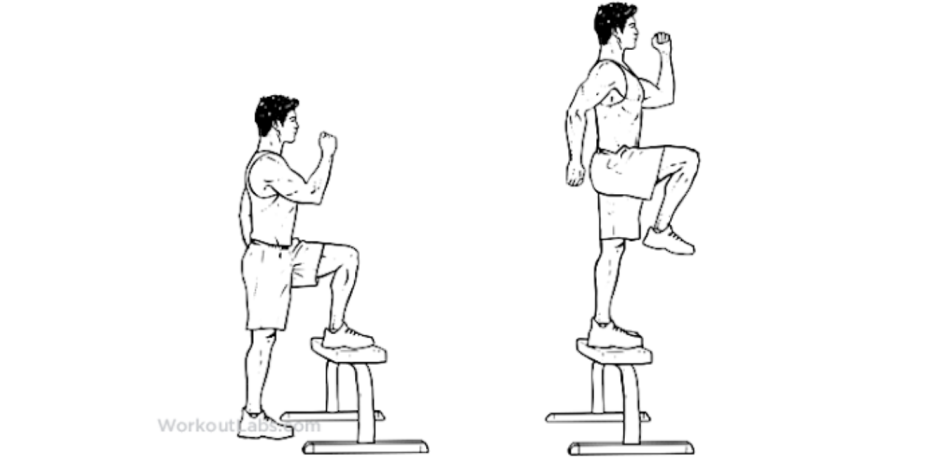
Lunges : They are like the fitness version of a mix between Gong Bu 弓步 and Die Bu 蝶步 / Qilong Bu 骑龙步 . With a straight back, and buttocks in, look forward and go down on one leg, leaving the back leg behing, bent with heel up and without touching the ground with your knee.
Repeat 30 times or 20 times per leg x 3 sets per leg.
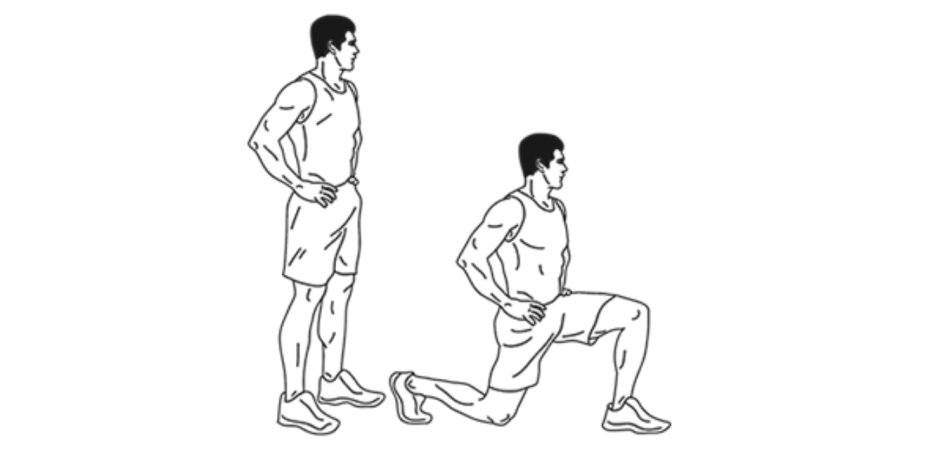
Jump Lunges (forbidden if broken rib) : Same as above but you have to push on both legs with a lot of explosive power to jump high enough to have time to switch your legs in the air before landing. Remember to secure your landing ! Sprained ankles often happen when landing such movement.
Repeat 20 times per leg x 3 sets
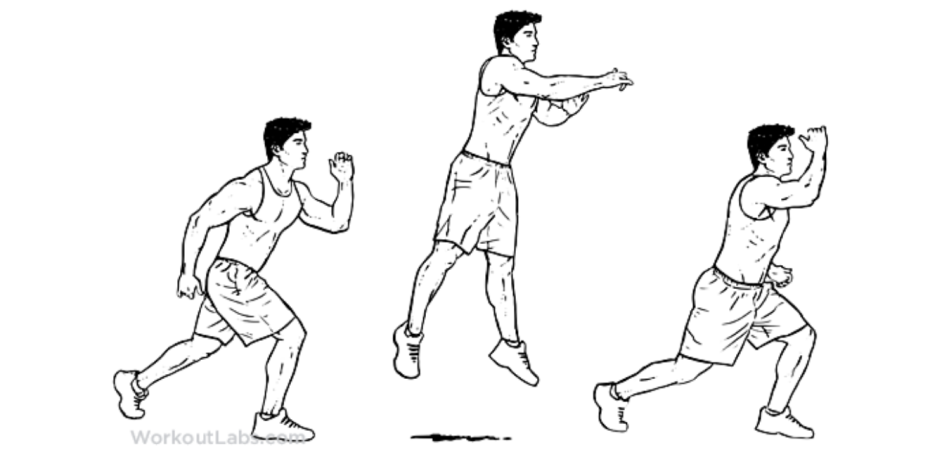
Leg press (forbidden if broken rib depending on the pressure given by the press and injury location) : Same as classic squats, you can change feet position depending on the area of the leg you want to work. Your back and especially lower back should always be in contact with the board, and your knees pointing outward.
Go down slowly (3-4 secs) then push with explosive power. BE CAREFUL : Do not finish your movement with completely straighten knees ! They should be slightly bent when the press weight is coming back down, or your might injure your knees / ankles.
You can also use only your toe-tips if you want to increase your calves power.
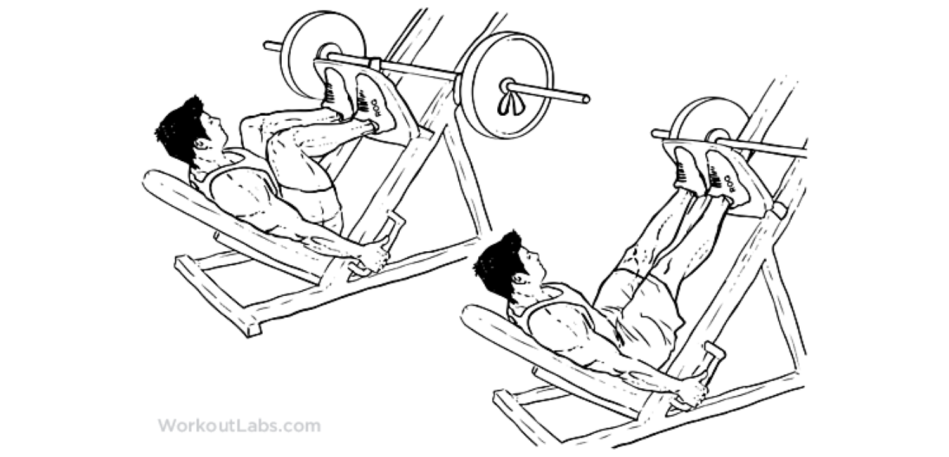
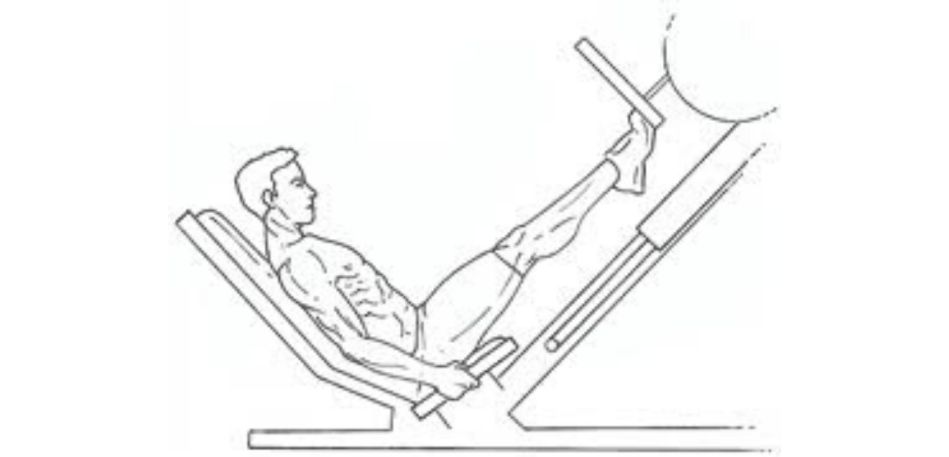
Calves raises : A great exercises to improve your jump spring and reinforce your ankles as well (more exercises to reinforce your ankles in our other article HERE).
On a flat ground or on a step / stair, go down slowly without touching the ground with your heel, then use explosive power to go up with straight legs. Then go down slowly and repeat. You can put your arms on a bar or a wall to keep your balance.
Repeat 40 times x 3 sets, or 20 to 30 times with a single leg x 3 sets. Guaranteed to burn !
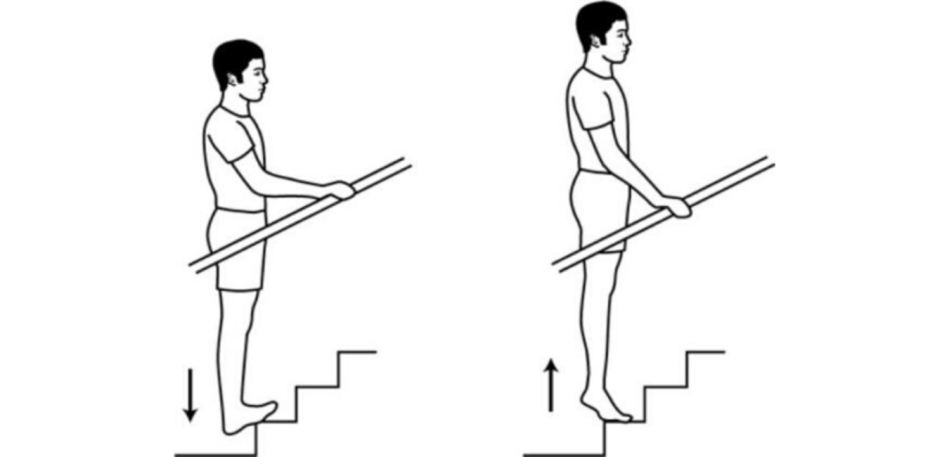
Abs, more abs !
Oh yeah. Should it be in Sanda or Taolu, we need abs ! In Taolu mostly to increase balance, explosivity, waist-generated power, and core for jumps. In Sanda, mostly to build a strong abdominal truss to facilitate take downs and wrestling, and to build a real muscle cage around your internal organs and ribs to avoid inujuries when fighting.
We are sure you already know many abs and core exercises that you practice at your gym / school, therefore no need to go through them here. But we will soon post a new article with specific abs workout. Stay tuned !
Increase Your Stamina
Except if you have fissured or broken ribs, you can run ! Though it might be uncomfortable to run quickly with a broken arm or wrist, you can still jog ! Go for light jogs in this case for 40 minutes to an hour, at least 3 times a week, best in the morning.
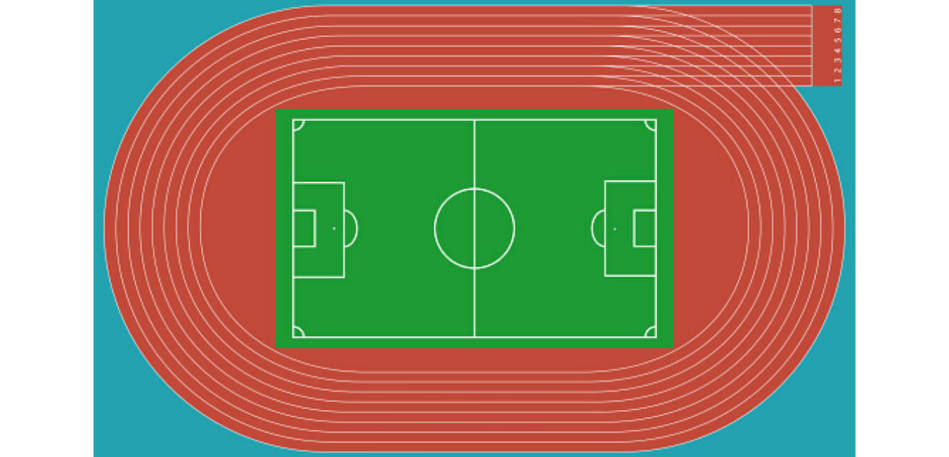
Interval running :
Sprint are a great way to improve your stamina and explosive power from your legs.
Below is a typical stamina training we use to do with former China Wushu Team and Beijing Team champion Wang Xiaona, one of our Wukong key consultant (See more about our key consultants HERE.
You can do this at the end of a light training, or even better, as a training per se, followed by a long stretching session.
If you can, do this training outside on a 400 meters running track.
- Do a joints warm-up before starting running, with light stretching of both upper and lower body.
- Warm your muscles up by running 20 to 30 minutes, increasing speed during the last 10 minutes. Stop when you feel your muscles are warm enough. Be careful, when the weather is hot, you might think your muscles are warm quicker but they aren’t. Check carefully before starting interval running.
- Start by short distance sprints : set several distance with tools, clothes, or lines on the ground : 10 meters, 30 meters, 40 meters, 60 meters, and 80 meters. Sprint to 10 meters, then come back to the starting point with a very slow and light jog, then sprint right away from starting point to 30 meters, come back and repeat to 40 meters, etc. When you’ve finished your 80 meters sprint, come back the same way with a slow and light jog to the starting point, then sprint to 60, 40, 30 and 10 meters.
- Take a 5 minutes break
- Start doing 100 meters sprints. Same as above, once your sprint is over, come back jogging very slowly getting your breathing back to normal. Or you can keep doing a very slow jogg for 100 meters (in the curve) then start sprinting again when it goes to straight line. Rest a bit more if needed before the next 100 meters sprints. Repeat 4 to 8 times depending on your level. A 100 meters sprint is more or less equivalent to a full speed Taolu part or a Sanda action (hits exchange leading to a wrestling / Take down). Get your body used to these with sprints.
- Take a 5 minutes break
- 200 meters sprints. Mostly useful for Taolu athletes, it works the same as above 100 meters sprints. If you are on a running field, what’s great is it will also work your core, balance and ankles as there will be 100 meters of curved track. Repeat 2 to 4 times. It’s equivalent to 2 parts of a Taolu at full speed, and to half a Sanda round.
- Take a 5 minutes break
- Finally go for 400 meters sprints (complete running track). 400 meters sprint are especially a great stamina test both for Taolu and Sanda athletes. It’s equivalent to a full Sanda round, and a full 4 parts Taolu. Your goal is to run the 400 meters in less than 1 minute. It will be hard, but with hard work, it’s achievable. Note your running time every time you go on a running session to check your improvements. If you can, check your BPM ((heart) Beats Per Minute) right after you finished your sprint, and 1 minute after the beginning of your rest. Compare between session to see the improvements !
- Repeat 1 to 2 times maximum, with 10 minutes rest in between.
- Stretch for 10 to 15 minutes.
Streching
We will never say this enough : stretching is a Wushu basic as well. You should stretch every day, should you have trained or not.
Read our “How to improve your flexibility” article to check out stretching exercises.
Mind your weight
A lot of athletes have the tendency to gain fat when injured. Because they don’t train as hard or don’t train at all for weeks or months, and because as discussed in the introduction, injuries can lead to depression, some athletes keep eating the same as they do in a full training period, and / or eat even more quantities and unhealthy food.
Try to control your calories intake. That is the most important point. Many apps can help you having an idea of how much calories you can take while living a “sedentary” lifestyle. Talk to a nutritionist and your coach as well, as they are more aware of your eating habits.
And of course stay away from junk food as this will not only make you gain fat, but will also slow down the healing process of your injured body.
We will soon prepare a complete ebook of nutrition for athletes, made together with China athletes. Stay tuned !

